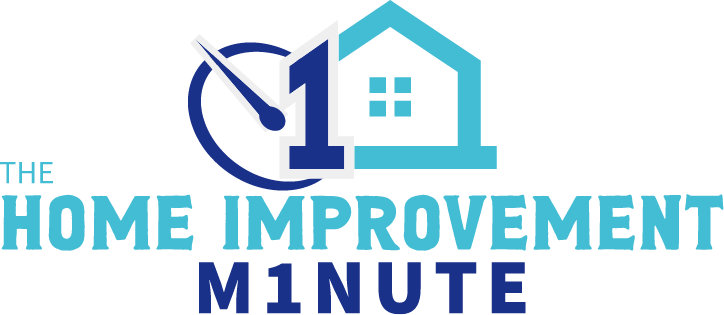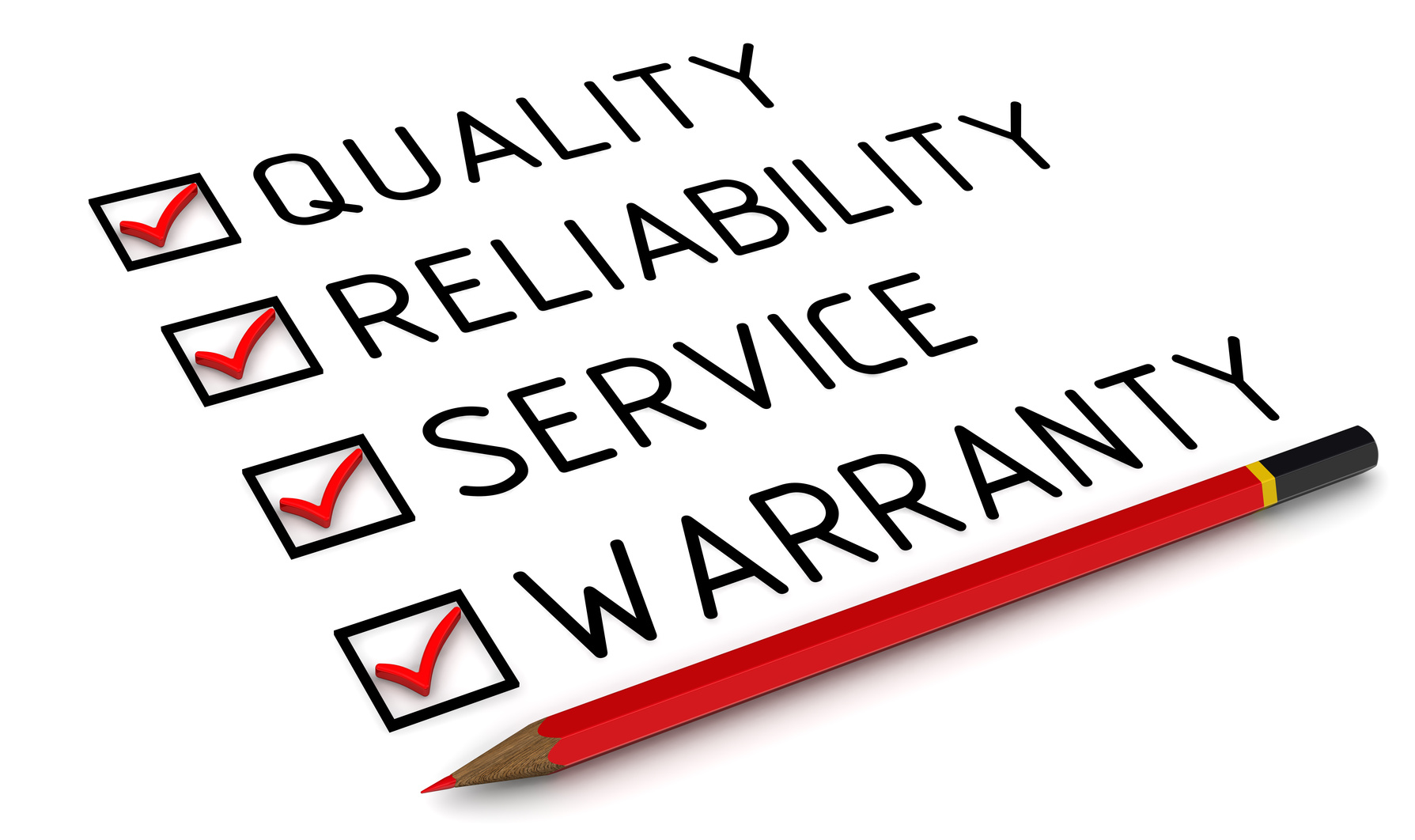Let’s face facts. It’s been several months. Actually, it has been well over a year since many great citizens and communities within the Miami Valley were affected by a line of devastating tornadoes and had their lives changed forever. For those of you who are reading this and may not know, I am from Dayton, Ohio. I am Brookville raised and the 937 runs through my blood. Being a proud citizen of this great area, it was one of the most devastating and somber moments of my life to see the impact that this storm had, not only on my own family, friends and neighbors, but also strangers that I have never met before. All these individuals whom have been impacted just want the pieces put back together. They want their homes back and to be treated with respect. But there seems to be a common denominator that many of these great individual’s may have been experiencing to this point; the delaying, denying and underpaying by insurance carriers and adjusters for reasonable and legitimate line items. Now, first and foremost, I am not stating that all adjusters and insurance providers are alike but, generally speaking, this is an extreme problem and concern that many insureds are still dealing with. This is actually preventing individuals from starting over moving forward with their life. It is not fair for anyone or their family and friends to be put in these situations due to an unethical approach that has been employed and it time for everyone to have a better understanding of what exactly is happening with your insurance claim.
You may have noticed that I had mentioned the phrase “reasonable and legitimate line items” in the previous paragraph. Common reasonable and legitimate line items that are sometimes omitted from a scope of loss provided by an insurance adjuster may include manufacturer specified items. Depending on the shingle roofing system that was on the home before the damage occurred, items such as starter strip and hip and ridge shingles may be required. For example GAF Timberline HD & Ultra HD Shingles state in their manufacturer installation instructions “Use GAF Starter Strip Shingles along the eves”, as well as “Install GAF Ridge Cap Shingles”. Many insurance companies like to state that these line items are included within the waste factor provided of either 10 or 15 percent. The problem is that a GAF Timberline Roofing System is not a 3-Tab shingle roofing system; it is a dimensional shingle roofing system. Within Xactimate, a software tool that many insurance companies use to prepare their scope of loss it even states:
The auto-calculate roof waste feature calculates waste based on six different factors.
- Material type
- Roof model
- Valley type
- Starter course (base layer)
- Exposure
- Bundle rounding
Notice that Hip & Ridge Shingle is not included? This shows that these manufactured shingles, which are a legitimate line item within a scope of loss, are not included within the waste factor. GAF had to even create a document stating “GAF Timberline Shingles are laminated shingles and are not suitable for use as hip and ridge cap shingles.”
The reason why this is so crucial to understand relates to Chapter 9 of the Ohio Revised Code.
“Roof Assemblies” Section 904 Materials 904.1 Scope. The requirements set forth in this section shall apply to the application of roof covering materials specified herein. Roof assemblies shall be applied in accordance with this chapter and the manufacturer’s installation instructions. Installation of roof assemblies shall comply with the applicable provisions of Section 905.
Then you may come across other legitimate line items such as decking or sheathing and ice & water shield. These two items fall under building codes that have been enacted by either your local municipality, county or state governments and must be followed, not ignored. In Montgomery County, as well as the state of Ohio, Asphalt shingles shall be fastened to solidly sheathed decks. Therefore, if the existing sheathing is structurally sound, it can be used for the new installation. There is an exception to this code though and that is if the existing roof sheathing is spaced lumber or damaged such that it will not hold a nail, it must be covered or replaced. So one interpretation of this code could be that the decking on the home is considered an un-nailable surface area due to improper ventilation, multiple roofing systems over due time, or changes in code; While the other clearly state that if the decking underneath the shingles is greater than 1” x 6” wide and is spaced more than a 1/8th of an inch the decking must either be replaced or gone over with plywood or OSB to become code compliant.
These are just a few line items that are commonly omitted during a roofing scope. Now take into account all the other aspects of a construction and restoration project. Think about all the reasonable and legitimate line items that are negligently over-looked or mistakenly left out. This is where you, as the insured, have to understand your rights as a consumer and to have a contractor working with you who understands building code compliance and manufacturer speculations.
Notice that I say “a contractor working with you”… not on your behalf. If a contractor is offering to “negotiate your claim” or “represent you” as if they are your lawyer, they are actually in violation of UPPA. In Ohio, if someone other than a licensed claims adjuster works with a consumer to settle a property insurance claim they are in violation of UPPA, The Unlicensed Act of Public Adjusting. So when a contractor comes to your home and claims that they are an Insurance Claims Specialists who will also “Negotiate and handle your claim from start to finish”…. he or she is in violation of UPPA; Not only for offering to negotiate your claim, but for also claiming to be an insurance claim specialists.
If you feel that you or a loved one may have been taken advantage of by an insurance provider or agent, presented an inadequate scope of loss by an adjuster or have had dealings with a contractor that has acted fraudulently, do not hesitate to contact your local Better Business Bureau and your state’s Department of Insurance.








